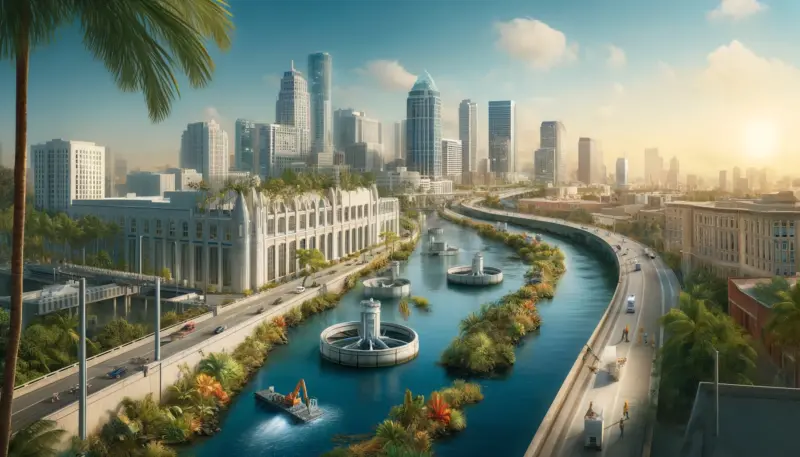Who Will be the Winners of Aerospace This Year?
There is a lot happening—and a lot getting ready to happen—in aerospace right now. Just last year, we saw five significant achievements in aerospace—but the two that will likely continue to be important in 2019 are AI-drive “generative design” and industrial 3-D printing.
Artificial intelligence (AI) is likely going to continue to be a major driver in a large number of industries, including all areas of design, and especially in aerospace design. Stronger yet lighter designs are the key to aerospace, and there is nothing that can drive both of these trends simultaneously like generative design. It is likely this will become especially important as the “space” part of “aerospace” moves more to the forefront.
Industrial 3-D printing will allow engineers to produce many of the parts designed through generative design—as well, of course, from standard design practices. This will save a great deal of time while also reducing waste. It will also allow for a great deal of manufacturing in space—it would certainly be more space-efficient to pack up printing materials and then print structures on site.
On Oct. 24, 2003, the Concorde landed for the very last time—ending supersonic passenger service. Yet, in 2019, Denver-based startup ‘Boom’ is planning to test-fly its own supersonic passenger jet, Overture. The fact that it has raised $100 million to bring its total funding to $141 million is certainly a sign that there are those who believe in its goal of making trans-Atlantic day trips—and flights from Los Angeles to Sydney, Australia in under seven hours—a possibility. While Boom is aiming for 2020 to get commercial flights underway, perhaps the 2019 test flights will get people thinking about bigger possibilities.
Among those bigger possibilities is the real possibility of the first commercial space trip in 2019. This is Richard Branson’s goal, and the successful flight of Virgin’s SpaceShipTwo right into the edge of space is what makes it truly possible. Jeff Bezos also plans to try to send someone into space in 2019 with his Blue Origin.
Indeed, the billionaire space race is likely to continue to mark milestone after milestone. It has already resulted in technological innovations not yet achieved by the military aerospace industry with SpaceX’s rocket re-landing, and the technological innovations are likely to continue throughout the next year.
Each of these elements will likely be able to feed into the others, driving even more innovation. Space planes need supersonic technology as much as does Boom’s Overture, and supersonic planes and space planes will need stronger, lighter components made possible by generative design and 3-D printing. Lighter, stronger, faster, cheaper—these are all results of the aerospace trends in 2019.
For the latest news, videos, and podcasts in the Science Industry, be sure to subscribe to our industry publication.
Follow us on social media for the latest updates in B2B!
Twitter – twitter.com/ScienceMKSL
Facebook – facebook.com/marketscale
LinkedIn – linkedin.com/company/marketscale







